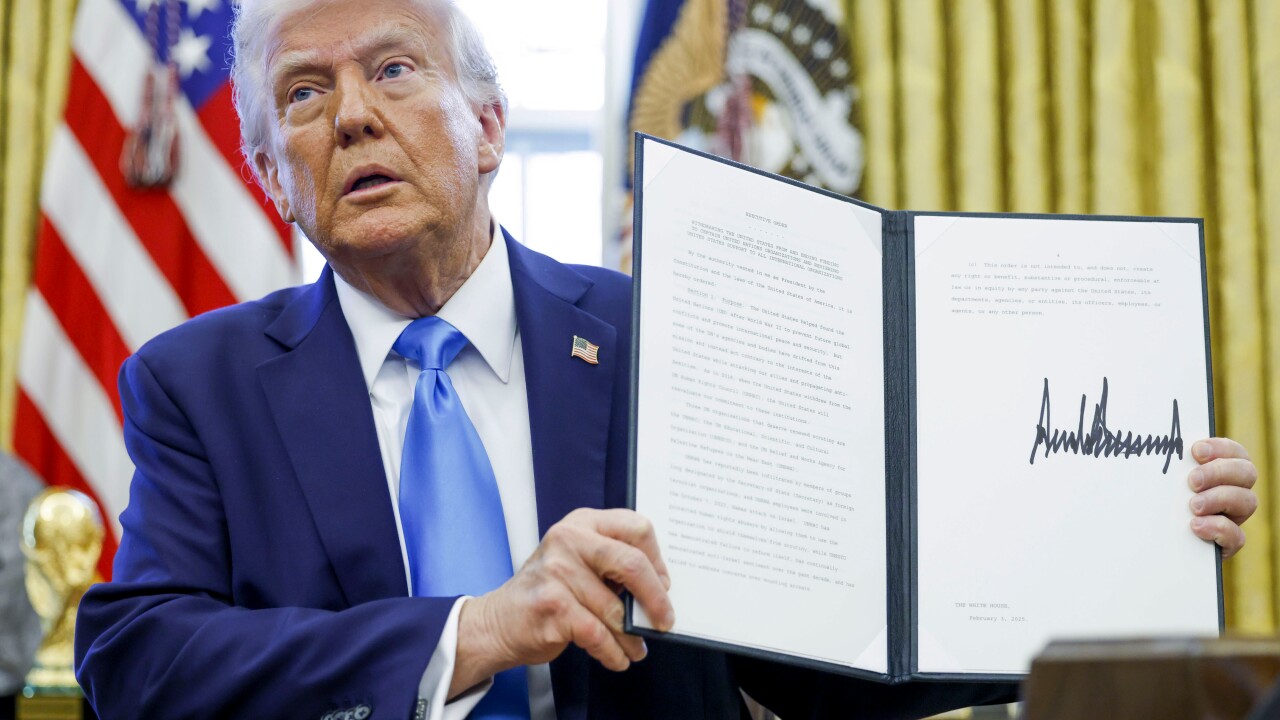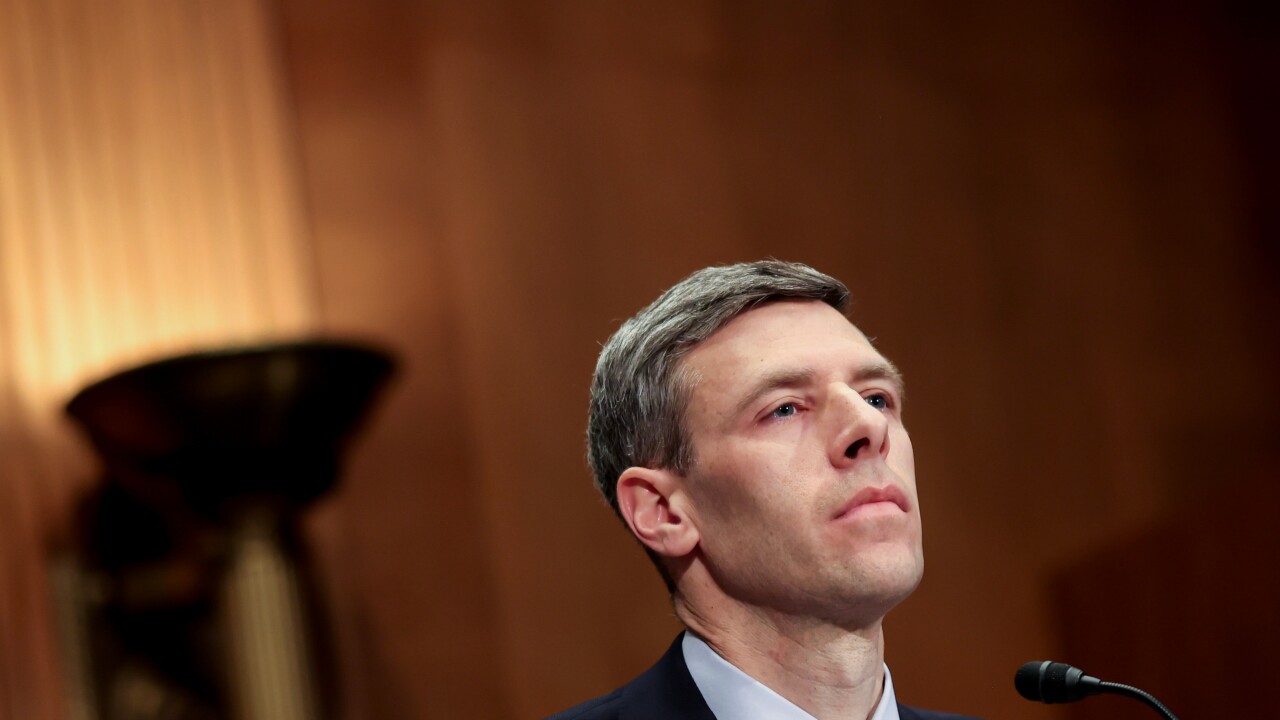
This month, the Office of the Comptroller of the Currency
The proposed bank is in no way traditional. The bank's goal "is to be the most regulated entity conducting and facilitating stablecoin transactions. ..." Its target market includes businesses in the U.S. innovation economy and high and ultra-high-net-worth individuals connected to those businesses. And sponsors of the bank include entrepreneurs with little to no banking experience who have made significant contributions to Republican political campaigns. In prior regulatory regimes, these factors would have been considered potential red flags, forestalling or at least significantly delaying approvals.
This application, however, was approved by the OCC
To put this in the broader context of the banking industry, over the last 15 years since the global financial crisis, the dearth of new banks permitted to enter the market has been striking. Part of that was due to the sustained period of low interest rates, which until recently normalization in rates had made banking a less profitable endeavor. But a significant contributor was a reluctance on the part of the banking regulators to approve applications for new bank charters generally and in particular any application involving a nontraditional business model or sponsors not steeped in traditional branch-based banking.
As the saying goes, time is money. But confidence in the ultimate outcome is equally important. By approving the relatively complex Erebor application, and doing so in a remarkably short period of time, this OCC is sending an important signal to the innovation economy.
U.S. regulators have reached a rock-bottom settlement deal with a former Wells executive accused of wrongdoing in the phony-accounts scandal. The OCC had sought to recover $10 million from Claudia Russ Anderson, a onetime risk executive at the bank.
There are at least four big implications of the Erebor action for the future of financial services.
First is that we can expect a flood of new banks. The innovation economy will heed the OCC's call. Erebor's approval will be remembered as
This means that existing sponsor banks should assess their exposure. Most of the innovative companies that apply for a bank charter are already providing banking-related products and services through partnerships with existing banks. The nonbanks most likely to seek a bank charter are, obviously, those with the largest existing businesses. Those same criteria make the most likely charter applicants the best current business partners for sponsor banks, raising both threats and opportunities that should be understood and addressed.
There will be blood. Many new banks will be well-run and succeed, delivering innovations and efficiencies to the market. None of these new banks will be remotely large enough to pose any systemic risk or impact the economy as a whole. Yet innovation and entrepreneurship, even in banking, is never risk-free. Some material number of these new banks will not be successful, and some subset of those are likely to fail. That is how markets work.
We should expect an inevitable reaction. This window of opportunity for innovative and even edgy companies to get a bank will not last forever. No one has repealed the business, regulatory or political cycles. Whether driven by failed ventures and/or by a simple shift in the political balance in Washington, the pendulum will reverse causing the open window we now see to narrow and perhaps close once again. This natural dynamic increases the importance and urgency of seizing the moment for innovative companies that are thinking about a bank of their own.






